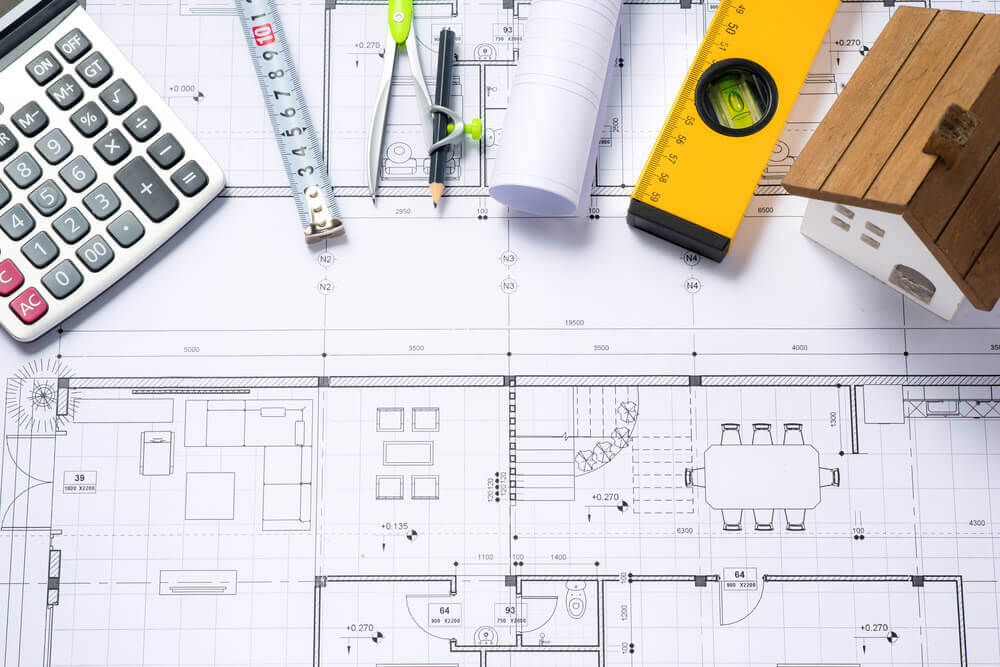
The construction industry is impossible without accurate estimations and budget planning. If some data entries are wrong in calculations, the company performs in the tenders worse and can face extra expenditures that harm the profitability of the building project. That is why using efficient budget-planning methods and estimating techniques are required for construction market players so that you don’t change the battery of Vivint cameras.
1 – Initial Estimating and Budget Planning
The first phase of the construction project is its design (landscape, architectural backgrounds, etc.). These and other details are taken into account for accurate calculations. Today, it is possible to undertake estimations with the special-purpose programs and tools to automate measuring, budget-planning issues, and other processes.
There are many time-tracking apps for QuickBooks that can help with construction project estimating and budget planning. These apps can track the time spent on each task, as well as material costs and other expenses. This information can be very helpful in estimating the cost of a project and making sure that it stays within budget. In addition, time-tracking apps can help to identify areas where time is being wasted, so that construction projects can be completed more efficiently. By using time-tracking apps, construction companies can save time and money on their projects.
Use modern construction estimating software for the initial construction project budget planning. Having picked sides with the schematic design and the core parameters of the site, estimators can get the starting calculations with the help of the bidding and counting-up programs. The more details like floor plans and key elevators are specified; the more accurate estimations will be, and if you are looking for the right equipment you can visit Lakeside-hire.co.uk.
2 – Preparation of Permits and Documents
If the SD drawing is ready and the draft of the construction project budget plan is ready, it is only half of the battle. It is important to cope with all the jurisdictional requirements, permits, and other documents as soon as possible. These arrangements should take place at the early stage of the building process as well.
Note that the document flow should meet:
- Programmatic needs (web designers, architects);
- Communications (interactions between departments);
- Accounting background, etc.
The project team should work according to the permits, jurisdictional requirements that are met by the documentation of the construction company.
3 – Preconstruction Service Management
This is a win-win approach when the SD design is ready, but the construction project planning is completed only by 20-30%. This way the cost estimator works with the preconstruction management department to develop the project budget model according to the expenses required for the building processes. This method can be used in the form of a team meeting where the designers, architects specify their intended scope of works from installing thermostats to fixing inverters.
At the same time, the accounting department together with cost estimators calculate the approximate expenditures required for the performance of these and those preconstruction and on-site construction processes.
4 – Preparation for the Bidding Process
Be transparent with the costs and your budget plan. Even if you have some imperfect calculations, create the table to share with potential clients. Be a reliable contractor who is able to demonstrate the cash flows, expenses, and possible spending (supplementary services and purchases like machinery rent or building equipment maintenance).
Avoid over-promising estimations and under-estimating calculations. Both a high budget and a rather low one are harmful to the construction company and its reputation as the building work performer and participant of the tenders. Use only real figures in the tables with costs and residential or commercial project spending.
5 – Balance Between Hard and Soft Costs
It is necessary not to lose the balance between soft and hard costs. This is the task of the construction cost management team to support the most sufficient level of each type of expenditure. If the soft costs usually take place at the initial and pre-construction stages because they are about designer fees, hard costs include FF&E (furniture, fixture, and equipment).
That is why the budget plan should contain the leasing costs together with expenditures on the rental services, machinery maintenance, repairs, and human labor. Let’s remind that there are other critically important categories of costs like:
- Testing & inspections (including surveying);
- Engineering (structural works, acoustics, etc.);
- Consulting and legal backgrounds.
This is a great way to do away with unforeseen situations and plan to balance all the hard and soft costs together. To summarize the final estimating budget-planning approach in the context of construction projects, it is worth noting that estimators should interact tightly with cost managers to analyze drawings, determine flow requirements, implement controls for workflow tracking and accounting expenditures, and monitor cost escalation rates.
Steven Bennett
Related posts
Stay connected
Today's pick
- Things to Remember While Designing Your Custom Modular Kitchen in GurgaonGurgaon now known as Gurugram is the second largest city in the state of Haryana and is a reflectiossn of an ideal modern city with futuristic goals. Witnessing rapid urbanization, it has also emerged as a hub for contemporary homes, with homeowners seeking innovative and... The post Things to Remember While Designing Your Custom Modular […]
